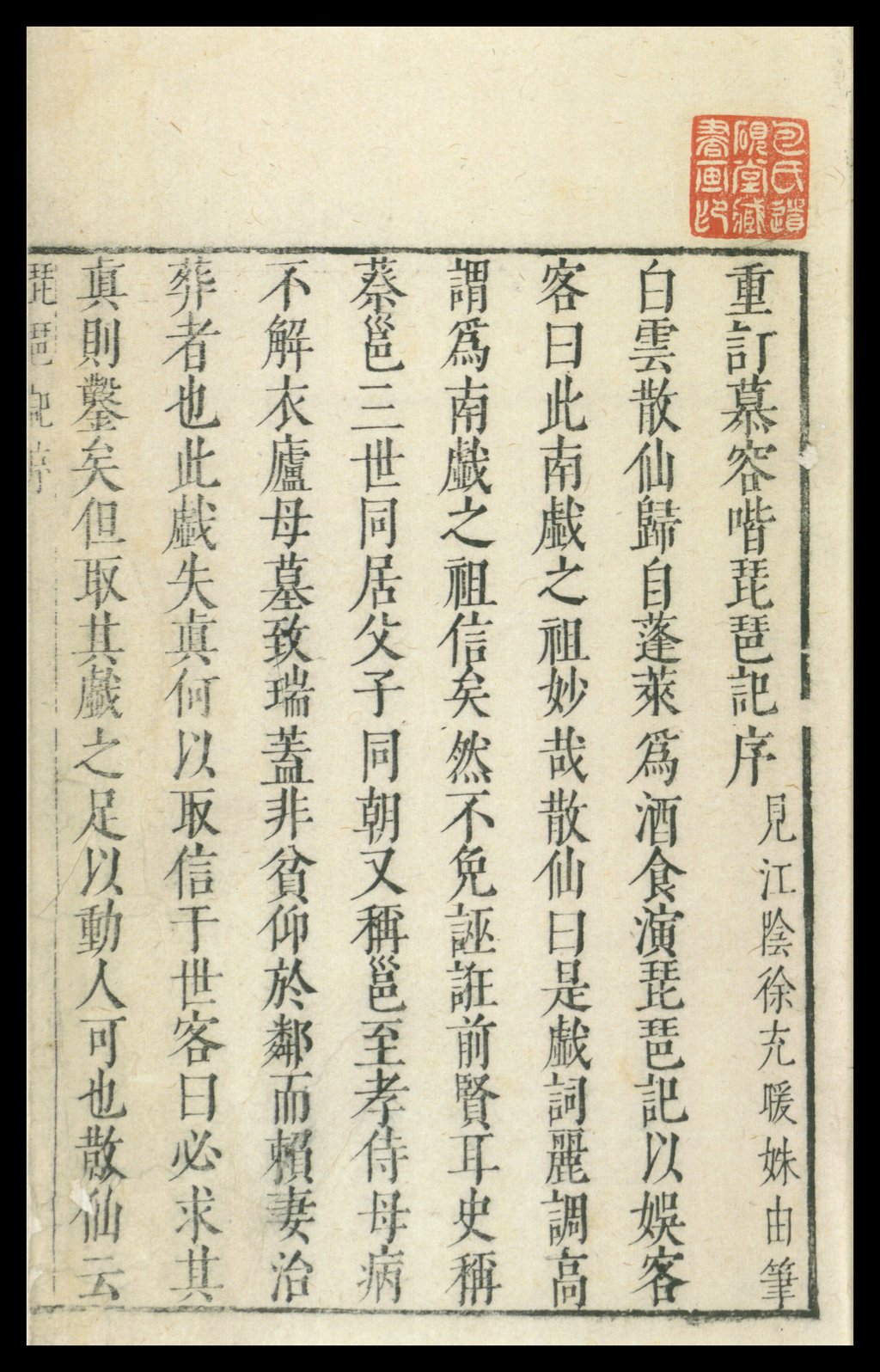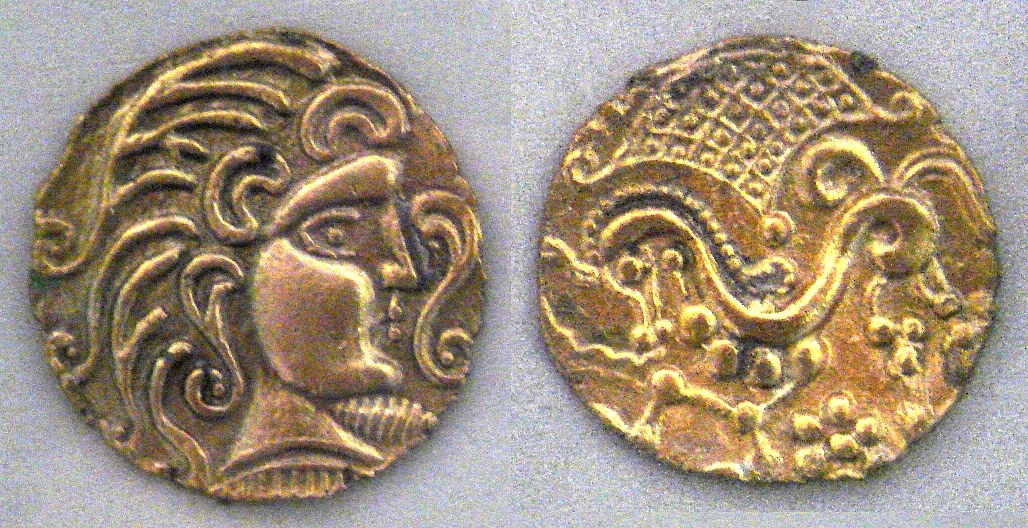|
Tale Of The Pipa
''Tale of the Pipa'' ( "Tale of the Pipa" or "The Story of the Lute") is a Chinese '' nanxi'' play written by the playwright Gao Ming during the late Yuan dynasty. There are French, German, English translations of the play, and an English novelization-translation. It was the most popular drama during the Ming dynasty,Tanaka, p153 and it became a model for Ming drama as it was the favorite opera of the first Ming emperor Zhu Yuanzhang. Plot The play is set during the Han dynasty. Based on an older play, ''Zhao zhen nü'' (''The Chaste Maiden Zhao''), it tells the story of a loyal wife named Zhao Wuniang (T: 趙五孃, S: 赵五娘, P: Zhào Wǔniáng, W: ''Chao Wu-niang'') who, left destitute when her husband Cai Yong is forced to marry another woman, undertakes a 12-year search for him. During her journey, she plays the pipa of the play's title in order to make a living. The original story sees Zhao killed by a horse and Cai struck by lightning, however in Gao Ming's version th ... [...More Info...] [...Related Items...] OR: [Wikipedia] [Google] [Baidu] |
Pipa
The pipa, pípá, or p'i-p'a () is a traditional Chinese musical instrument, belonging to the plucked category of instruments. Sometimes called the "Chinese lute", the instrument has a pear-shaped wooden body with a varying number of frets ranging from 12 to 31. Another Chinese four-string plucked lute is the liuqin, which looks like a smaller version of the pipa. The pear-shaped instrument may have existed in China as early as the Han dynasty, and although historically the term ''pipa'' was once used to refer to a variety of plucked chordophones, its usage since the Song dynasty refers exclusively to the pear-shaped instrument. The pipa is one of the most popular Chinese instruments and has been played for almost two thousand years in China. Several related instruments are derived from the pipa, including the Japanese biwa and Korean bipa in East Asia, and the Vietnamese đàn tỳ bà in Southeast Asia. The Korean instrument is the only one of the three that is no longer ... [...More Info...] [...Related Items...] OR: [Wikipedia] [Google] [Baidu] |
Paris
Paris () is the capital and most populous city of France, with an estimated population of 2,165,423 residents in 2019 in an area of more than 105 km² (41 sq mi), making it the 30th most densely populated city in the world in 2020. Since the 17th century, Paris has been one of the world's major centres of finance, diplomacy, commerce, fashion, gastronomy, and science. For its leading role in the arts and sciences, as well as its very early system of street lighting, in the 19th century it became known as "the City of Light". Like London, prior to the Second World War, it was also sometimes called the capital of the world. The City of Paris is the centre of the Île-de-France region, or Paris Region, with an estimated population of 12,262,544 in 2019, or about 19% of the population of France, making the region France's primate city. The Paris Region had a GDP of €739 billion ($743 billion) in 2019, which is the highest in Europe. According to the Economis ... [...More Info...] [...Related Items...] OR: [Wikipedia] [Google] [Baidu] |
Yul Brenner
Yuliy Borisovich Briner (russian: link=no, Юлий Борисович Бринер; July 11, 1920 – October 10, 1985), known professionally as Yul Brynner, was a Russian-born actor. He was best known for his portrayal of King Mongkut in the Rodgers and Hammerstein stage musical ''The King and I'', for which he won two Tony Awards, and later an Academy Award for Best Actor for the film adaptation. He played the role 4,625 times on stage and became known for his shaved head, which he maintained as a personal trademark long after adopting it for ''The King and I''. Considered one of the first Russian-American film stars, he was honored with a ceremony to put his handprints in front of Grauman's Chinese Theatre in Hollywood in 1956, and also received a star on the Hollywood Walk of Fame in 1960. In 1956, Brynner received the National Board of Review Award for Best Actor for his portrayal of Rameses II in the Cecil B. DeMille epic ''The Ten Commandments'' and General Bounine in ... [...More Info...] [...Related Items...] OR: [Wikipedia] [Google] [Baidu] |



